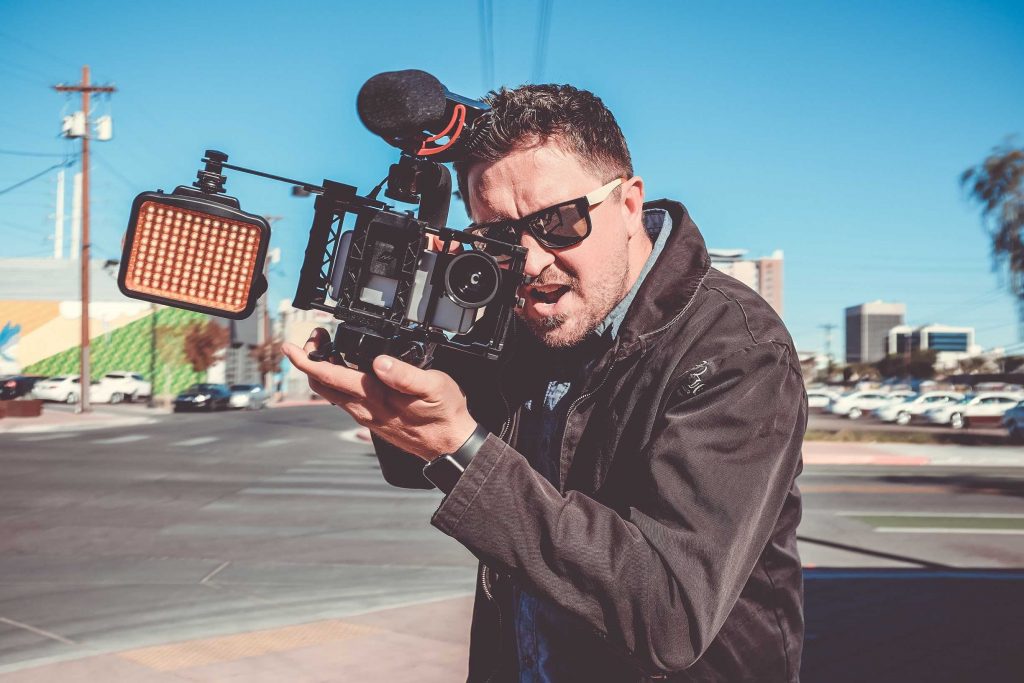Apart from the detailed margin notes, I will provide you with the script itself, the following is some of the sample feedback to expect on your project.
Notes by: Dr. Alex Ross
Concept:
I happen to be a real fan of government cover-up stories, so this concept which peals the onion back to the Kennedy assassination had me hooked from page one. And weaving a family into the intrigue is very clever because it personalizes the suspense and the jeopardy and has a high likelihood of grabbing the audience on an emotional level. This is the kind of thriller that has the potential to be very controversial, and that also adds to its possible commercial appeal. In order for this kind of concept to work, however, it is especially important that information in the story be carefully doled out to maintain the sense of the “tightening screw” building to the kind of climax that is appropriate. It is here that I had many issues with the screenplay, which I will attempt to explain in my analysis.
Story Structure:
The structure of this story should be relatively clear and easy to follow: because of the Freedom of Information Act, the CIA is put in the uncomfortable position of having to reveal some facts about the death of our principal character’s father. Complicating this is the existence of a film that the CIA must destroy. The story then is about trying to get the film made public before the CIA makes that impossible.
The biggest obstacle for me in getting into this screenplay was that I was constantly confused about the most important element in the story: the film everyone is after. Since the whole story hangs on where the film is at – 62 – all times, affecting the character motivations in every scene, the reader can not be groping to understand why a particular action just happened or what a scene is all about. In my story comments, I will make specific references to the sequences which contribute to that confusion so that you can clear that up. I also had difficulty understanding some of the character relationships in the first third of the script. We enter scenes meeting characters for the first time without sufficient introductions, where the people are in relationships that sometimes are clarified much later. I’ll note those scenes as well. The most important structural problem of all, however, has to do with a dramatic choice that you made in Act III of the screenplay. Killing off Steve and Rachel when you did create an emotional vacuum for me as the reader from which I never recovered. I had invested considerable emotional interest in them and their relationship as well as an expectation that they would be activating the climax somehow. My belief is that this would be devastating to an audience, not to mention a studio buyer for the property. I would urge you to rethink this decision.
Characters/Dialogue:
You have created an array of characters that are sketched strongly and memorably, and are every bit as effective as the concept they inhabit. It’s for that reason that the shortcomings of the characterizations jumped out at me. STEVE is introduced as the star of the screenplay, and I feel that his relationship with RACHEL started abruptly without properly identifying her as crucial to Steve’s quest, then their rapport developed in fits and starts until they are both eliminated prematurely (in my opinion). MARK and ANGELA’S problems are clear from the beginning, and when Mark disappears from the story after his death, we feel we know him well. As for Angela, her character is more layered, given her feelings for Steve, her being terrorized later, and then finally her scenes with her mother WENDY. I was confused by the depiction of RANDY. It is never made clear what his relationship with RACHEL is. Is he posing as a reporter with her? Is that why she trusts him? There are a few other character questions: is there supposed to be something with GINO’S “Italian” thing (P. 37, with SANDRA)? What about the DONALD and SAM relationship? We suddenly see them together at the newspaper office; that needs clarification. Also the hierarchy of the heavies: we see that Donald reports to MARCO at the end. Is that supposed to be a surprise? Regarding dialogue, most scenes flowed reasonably well, clipped, suspenseful, and when required there was humor and charm. I was put off, however, by the “exposition” feel of the scenes on pages 11-13, when Randy is explaining to Steve about the Freedom of Information Act, followed directly by Donald’s similar scene with NANCY. This should be rethought and made more dramatic.
Story Comments:
In this section, I will try to highlight scenes that I feel contribute to the confusion that I mentioned at the beginning of this analysis. I will also include other scenes – sometimes details – which should be addressed in your rewrite.
Let’s start with the beginning. With the first few scenes, the reader is not pulled in. It feels like there should be some introductory material for the characters. The Randy/David scene, then Mark/Angela, Rachel/Sam at the newspaper all seem to be in mid-action. We need characterization hints in these early dialogue scenes to help involve the reader. On the other hand, Steve has introduced to us appropriately; with a client, we see who he is and what he’s like immediately.
Specific notes:
*On page 10 – How does Randy just walk into Steve’s office unannounced?
*P. 13-14 – film confusion: Randy walks in on Steve, carrying the 2 black film cases, then after the fight Steve runs out with the cases. Are these the cases Randy stole or what?
*P. 15 – Steve tells Mark that Randy was trying to walk out with the films “my father made”, when we saw Randy walk in with the films (two other things: Steve says the scene when Randy told him about the Freedom of Info. Act was in the apartment; it was in his office. Also, more importantly, the reveal about the film made by his father is hugely important and should be revealed in a more dramatic way.)
*P. 17 – In Angela’s speech “Mike” should be “Mark.”
P. 17 – More confusion about the film when Donald orders Randy to “get the original.” So was David’s death for nothing? And what about the cases under Randy’s arm when he confronts Steve?
*P. 18 – It’s not clear where Steve got the film in the first place. *P. 20 – How does Steve know one of the original films is missing?
*P. 21 – The Angela/Mark relationship: it’s not clear why Angela is upset that Mark bought the necklace 2 days before.
*P. 23 – Why did Steve ask David Cohen to copy the film in the first place?
*P. 23 – Now Steve does have an original film to view (I thought all he had were 2 DVD’s – this is confusing, again)
*P. 32 – Why does Donald grin when he says “We’re not out of the woods yet”?
*P. 33 – Why is Randy sitting with Rachel at the newspaper office? We’ve had no introduction to this relationship (similar to my comment about the beginning of the screenplay)
*P. 37 – Gino’s “Italian thing” (attitude change with Sandra) is never paid off.
*P. 37 – Steve has to have sought out Rachel because of her articles on the CIA. This is never shown.
*P. 39 – More confusion about the film: I thought Steve had the original and needed only to view it. What is actually missing?
*P. 47 – Are we supposed to conclude that Randy works undercover as a reporter with Rachel? We don’t know this.
*P. 49 – The only way one can dramatically excuse leaving the black film case in the library is with a panicked exit.
*P. 68 – The Steve/Rachel relationship seems to be not properly seeded. This romance feels contrived and comes out of nowhere.
*P. 82 – The killing of Steve and then Rachel has already been mentioned above as being detrimental to the screenplay (in my opinion.)
*P. 83 – This relationship between Donald and Sam also should have been established before now.
*P. 85 – At this point, it seems as if Gino has become the star of the film. I made a margin note that it would be so much better dramatically if Steve found out that his stepfather John is the other Kennedy shooter – Peter Frederick Lawrence.
*P. 89 – At the Film Processing Store, Alan gives the original film and DVD to Caroline for JFK, Jr. While interesting, this feels like a contrived plot device to tie it in with the JFK, Jr. plane going down. In addition, it adds confusion to the whole “film” scenario since it came from Alan. How does he fit into the story?
*P. 95 – Angela can’t “sprint”; she was shot in the leg.
*P. 105 – Are we to assume Caroline sent the film to the Library of Congress?
Overall:
You have the “bones” here for a great story. At the same time, you must understand that you are still far away from realizing the real potential of this script. Please think through all of my comments, because you clearly have significant writing ability and if I happen to be right in my suggestions – at least some of the big ones – this could turn into a career-maker for you. Good luck!
The example is used with permission.


